Produced on the occasion of the exhibition The New Japanese Painting and Sculpture at The Museum Of Modern Art, New York, 19 October–2 January 2, 1967. Including artists Natsuyuki Nakanishi, Tomio Miki, Atsuko Tanaka, Kumi Sugai, Nobuya Abe.
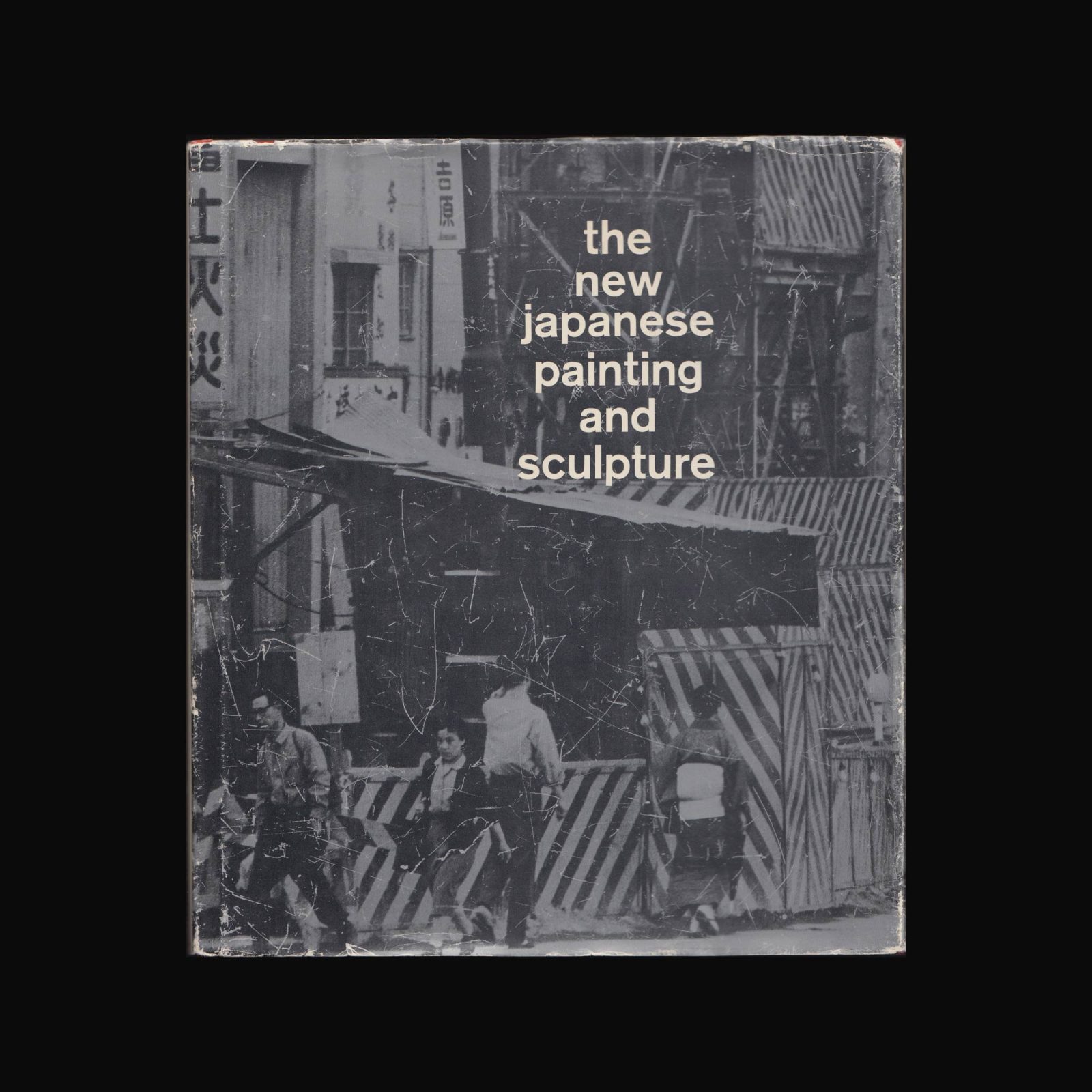
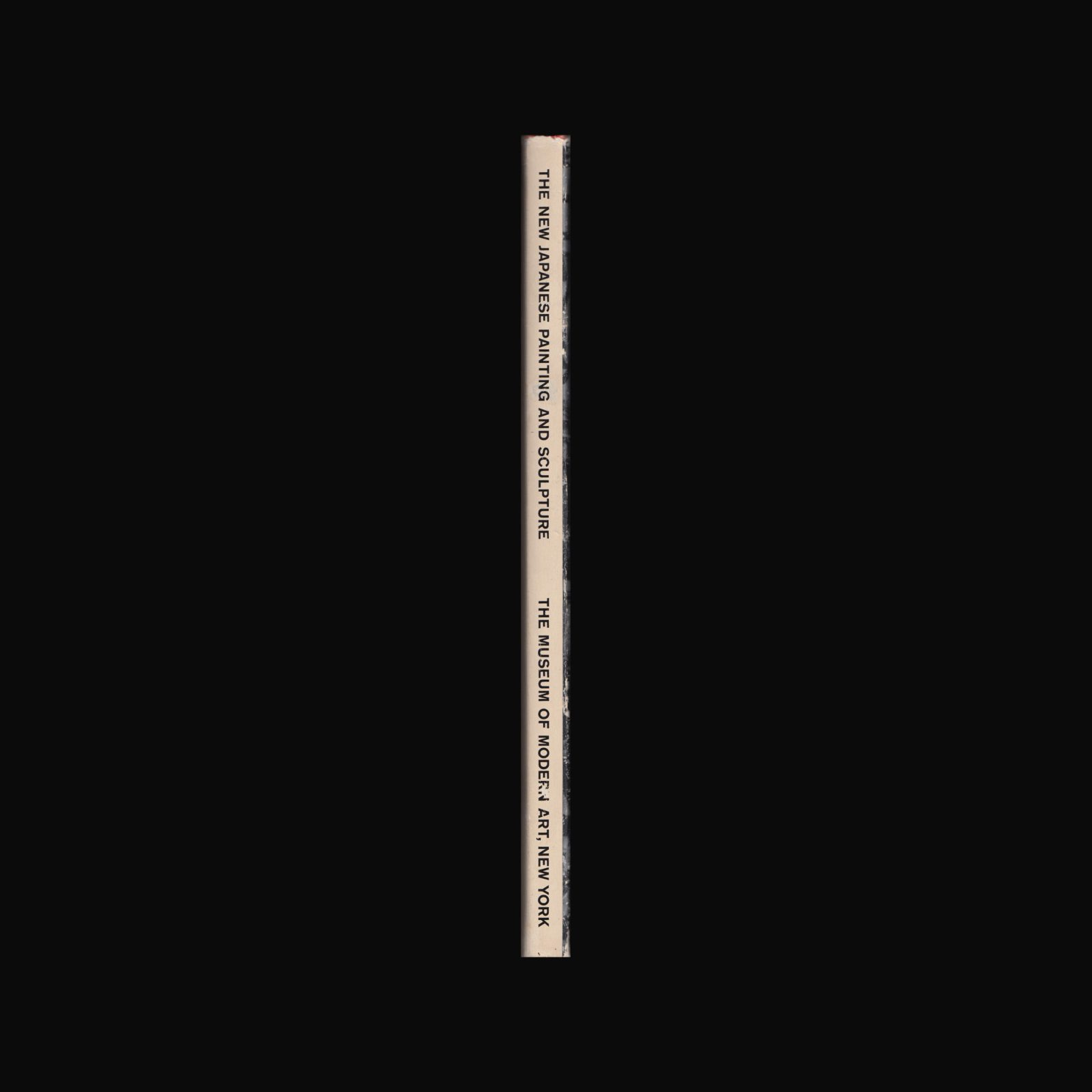
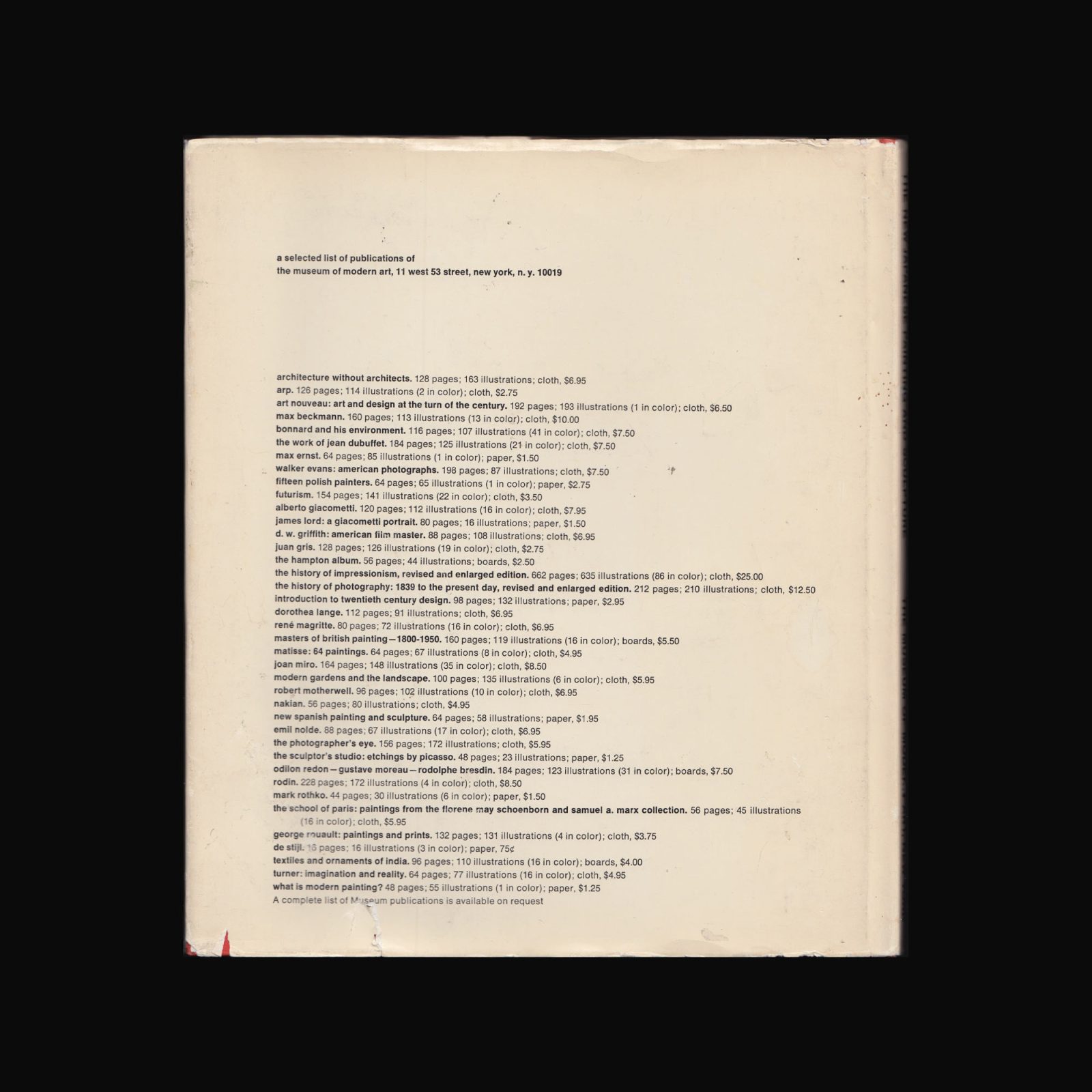
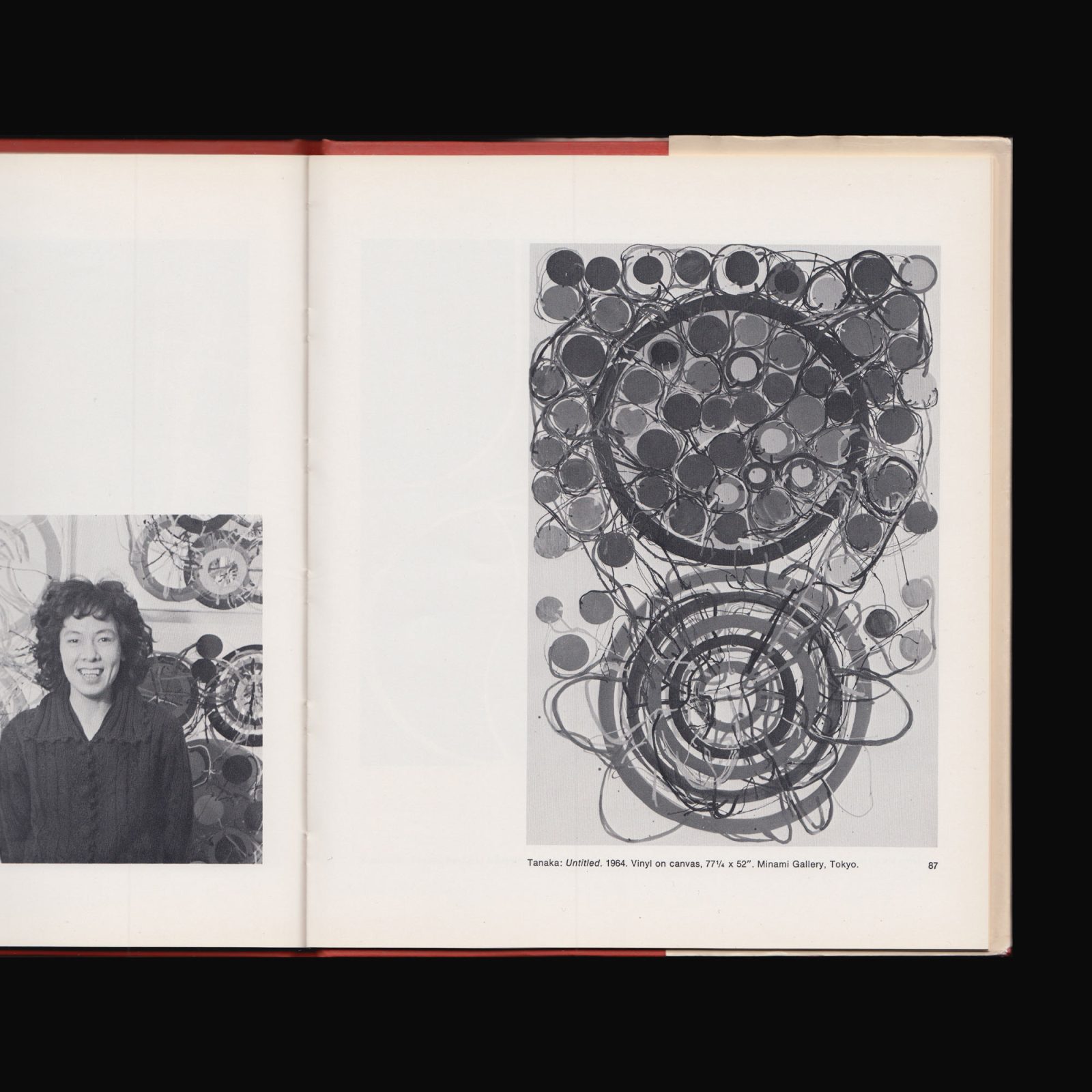
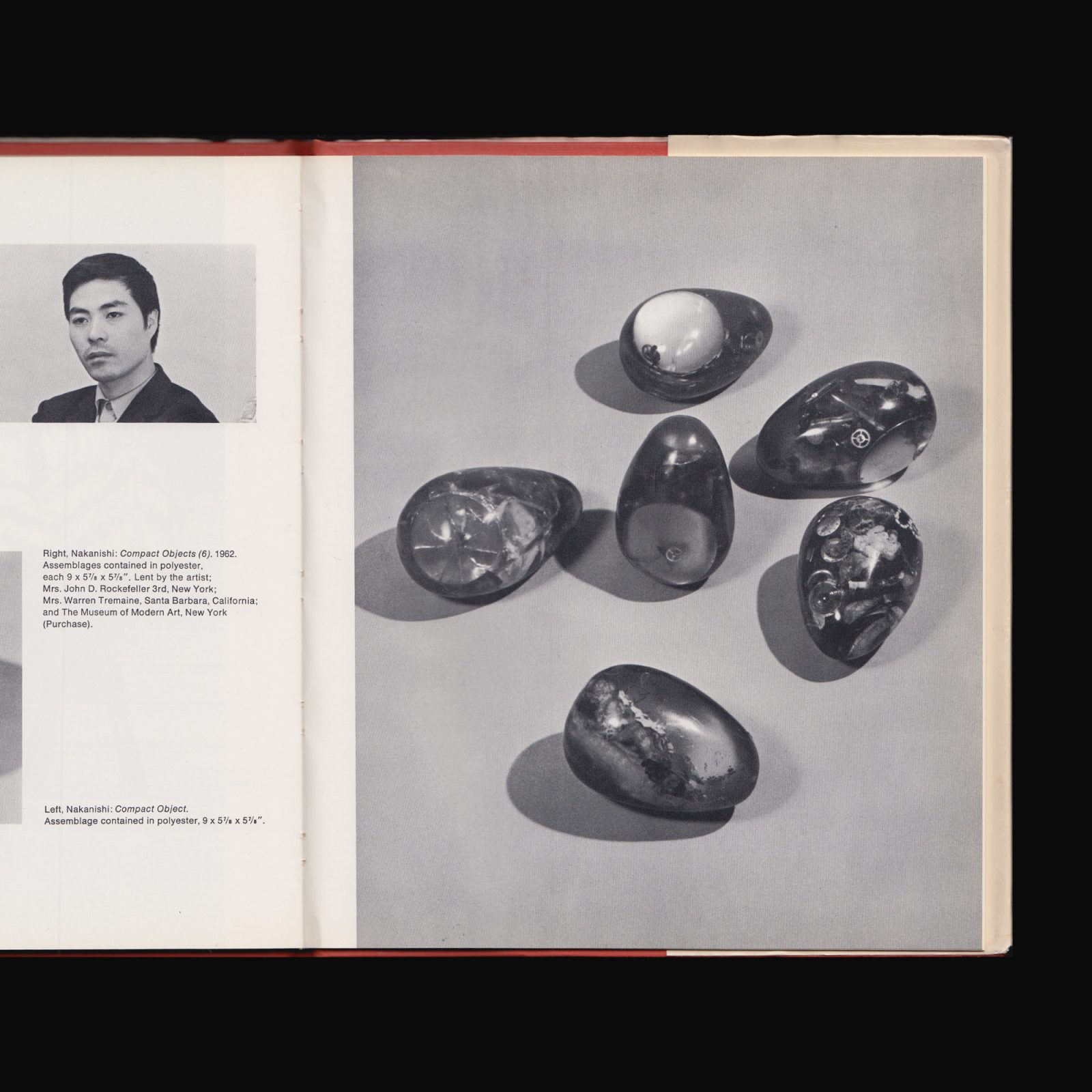
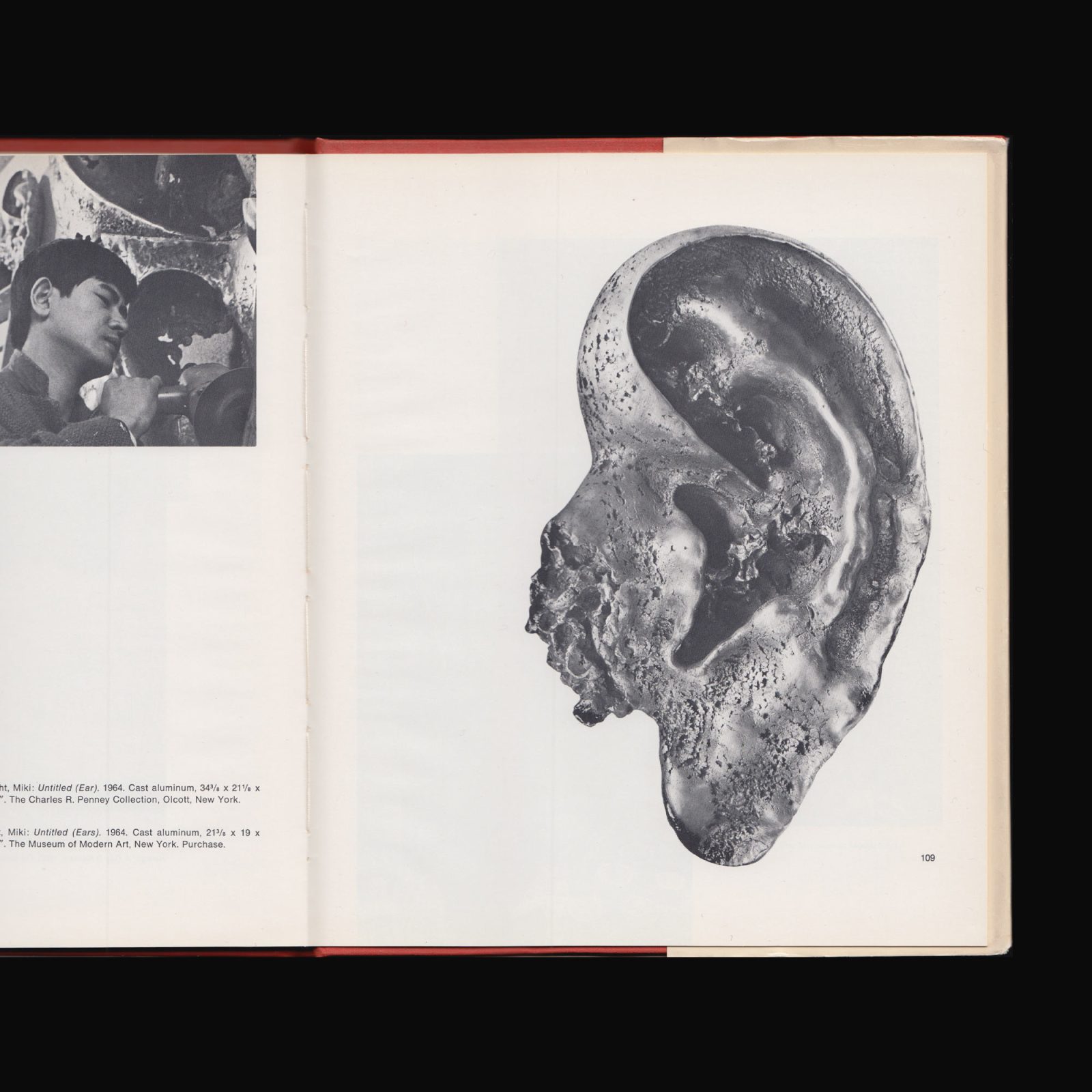
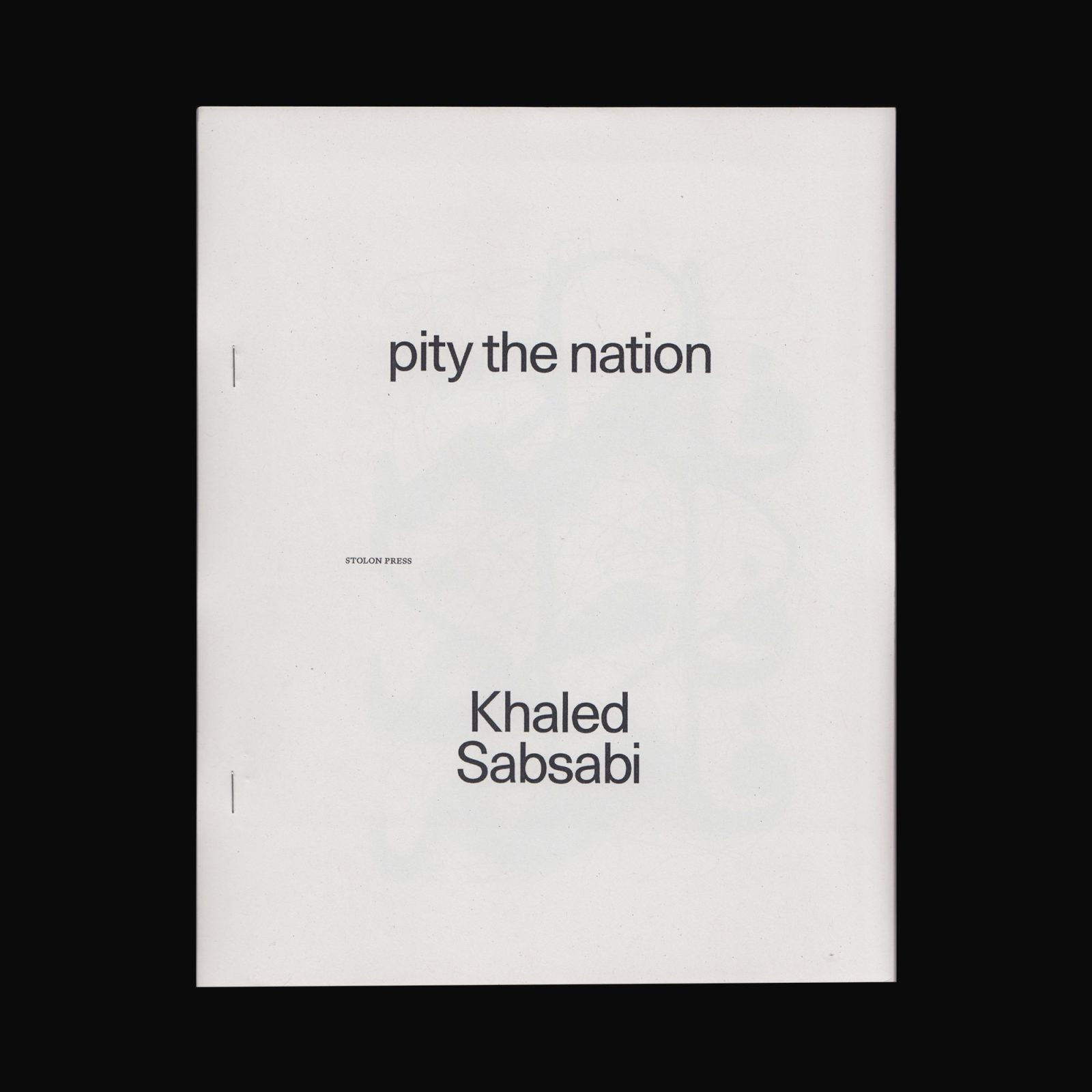
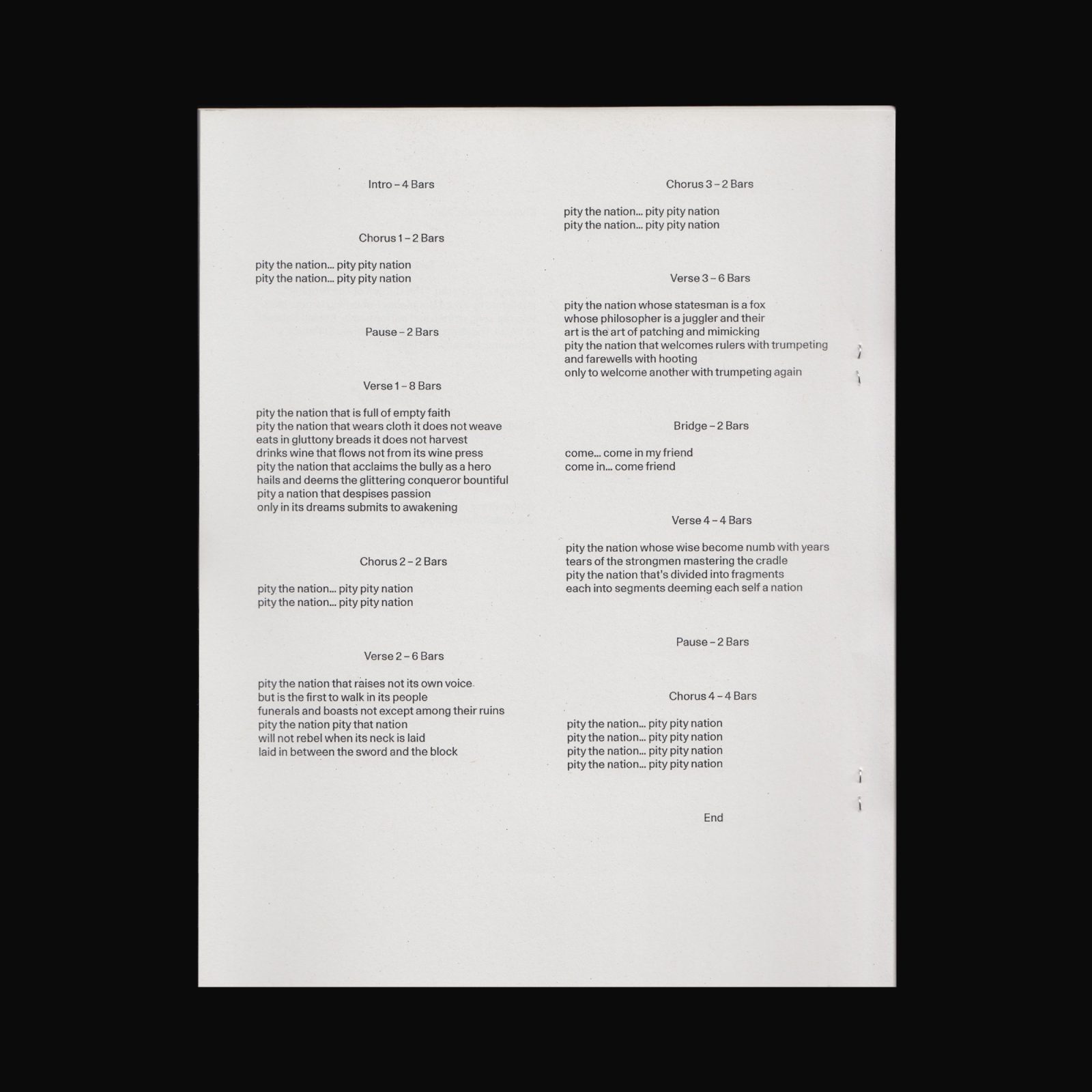
Intro – 4 Bars
Chorus 1 – 2 Bars
pity the nation… pity the nation
pity the nation… pity the nation
Pause – 2 Bars
Verse 1 – 8 Bars
pity the nation that is full of empty faith
pity the nation that wears cloth it does not weave
eats gluttony breads it does not harvest
drinks wine that flows not from its wine press
pity the nation that acclaims the bully as hero
hails and deems the glittering conquerer bountiful
pity a nation that despises passion
only in its dreams submits to awakening
Images & Text by Khaled Sabsabi. Typography by Ruud Ruttens.
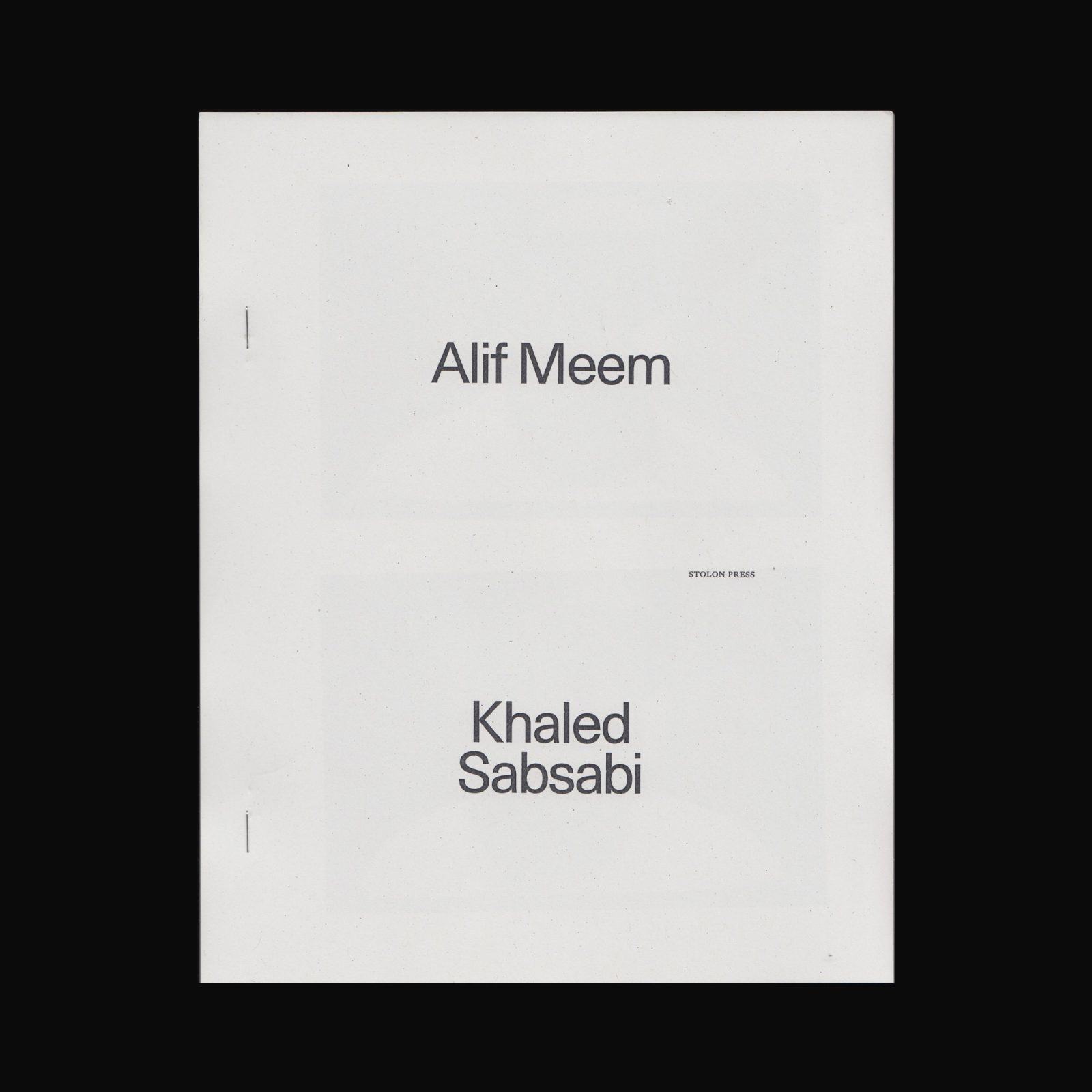
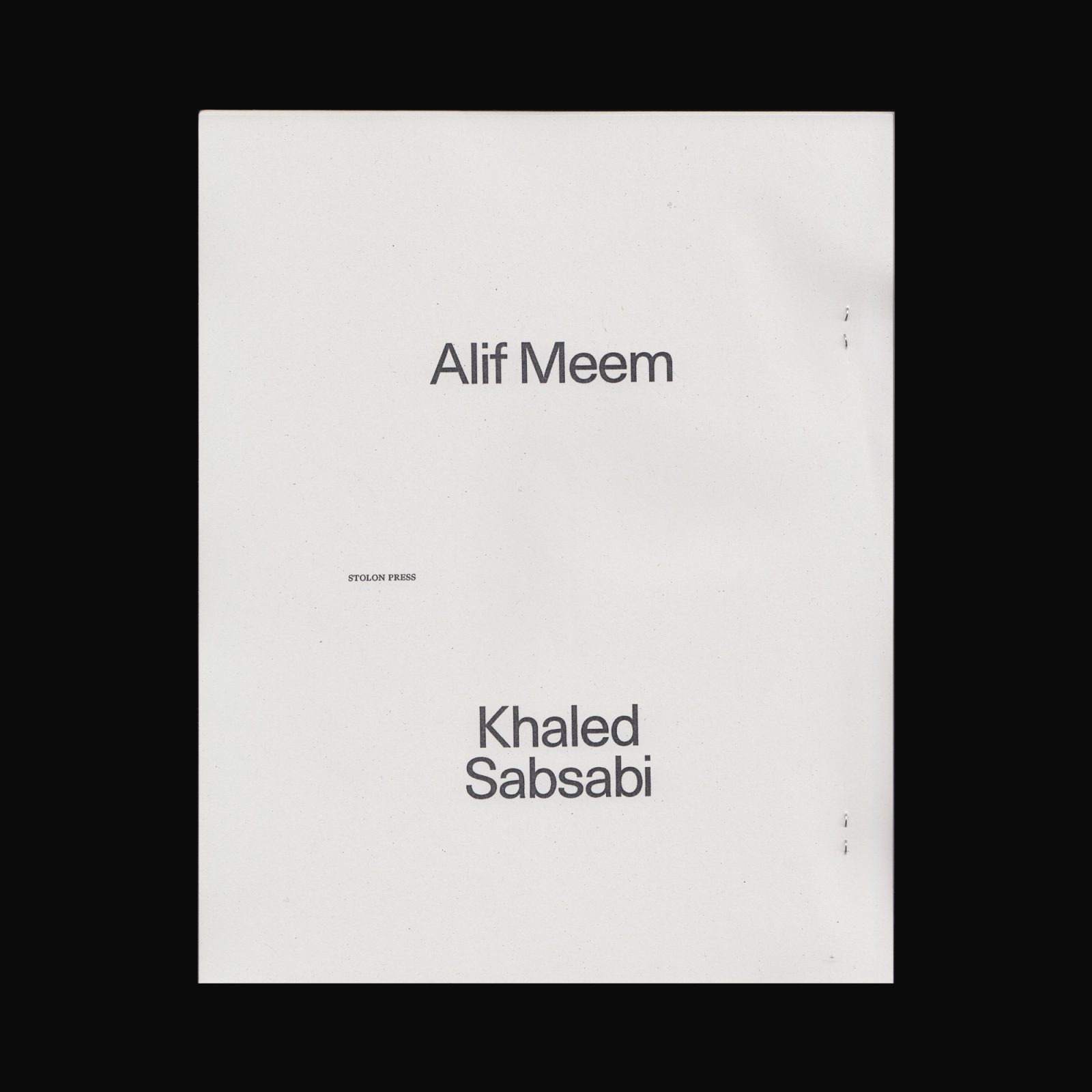
‘By the fig, by the olive, by Mount Sinai and by this city of refuge’
وَٱلتِّينِ وَٱلزَّيْتُونِ
وَطُورِ سِينِينَ
وَهَٰذَا ٱلْبَلَدِ ٱلْأَمِينِ
Quran: Chapter 95. At-Tin
Continuing with these ideas: Alif, Meem, أم, Arabic letters laid out in this path spell out the mother and or source of origin, leading the way by perspicuous examples that makes the oppressed heart clear.
And if Meem, Alif, ما, order is reversed it spells the name for water and the unexplained parallels of the possibilities of the unseen in which there is no doubt or guide. The wisdom of the living and eternal symbols of whatever makes honest.
Free from Fear and Reward.
Images & Text by Khaled Sabsabi. Typography by Ruud Ruttens.
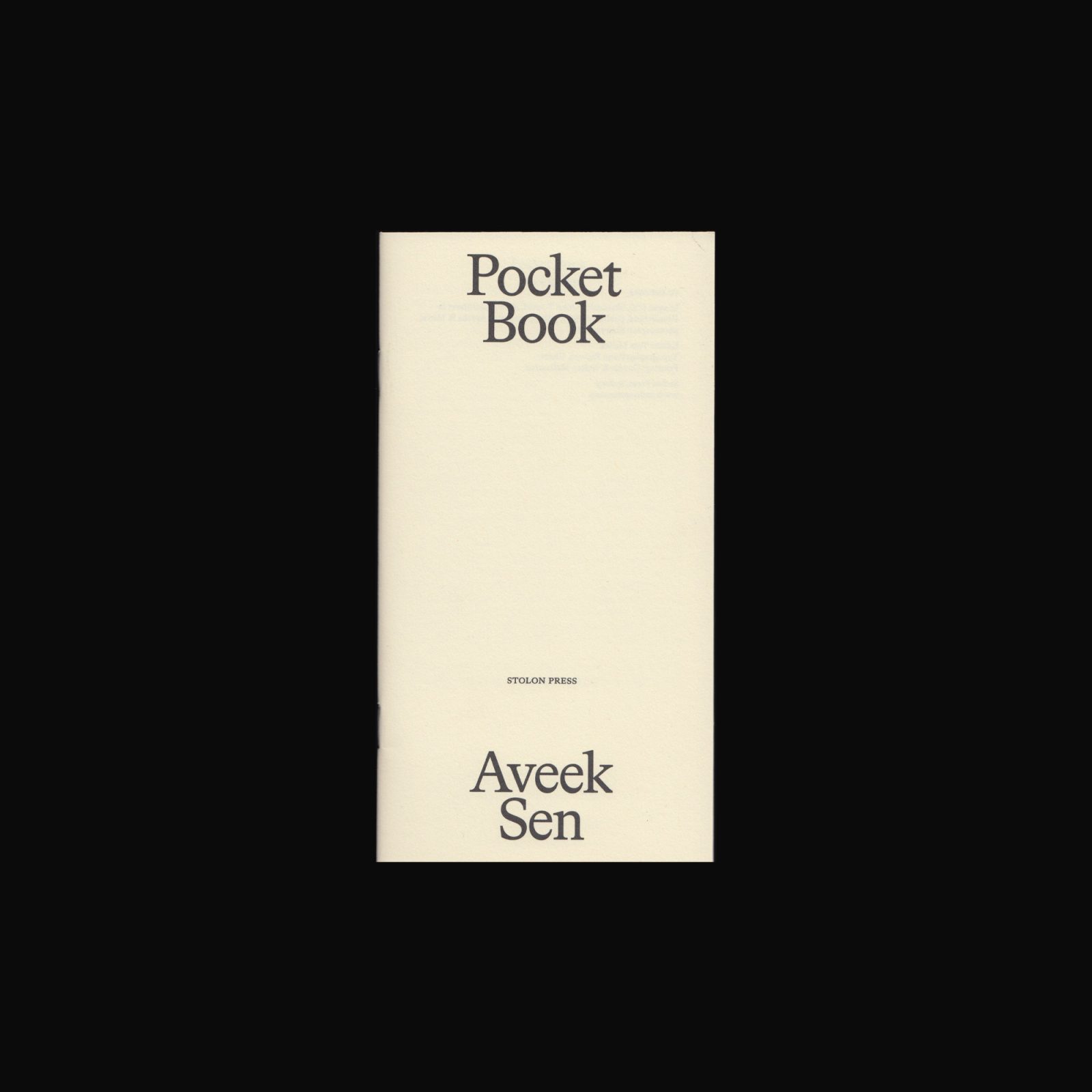
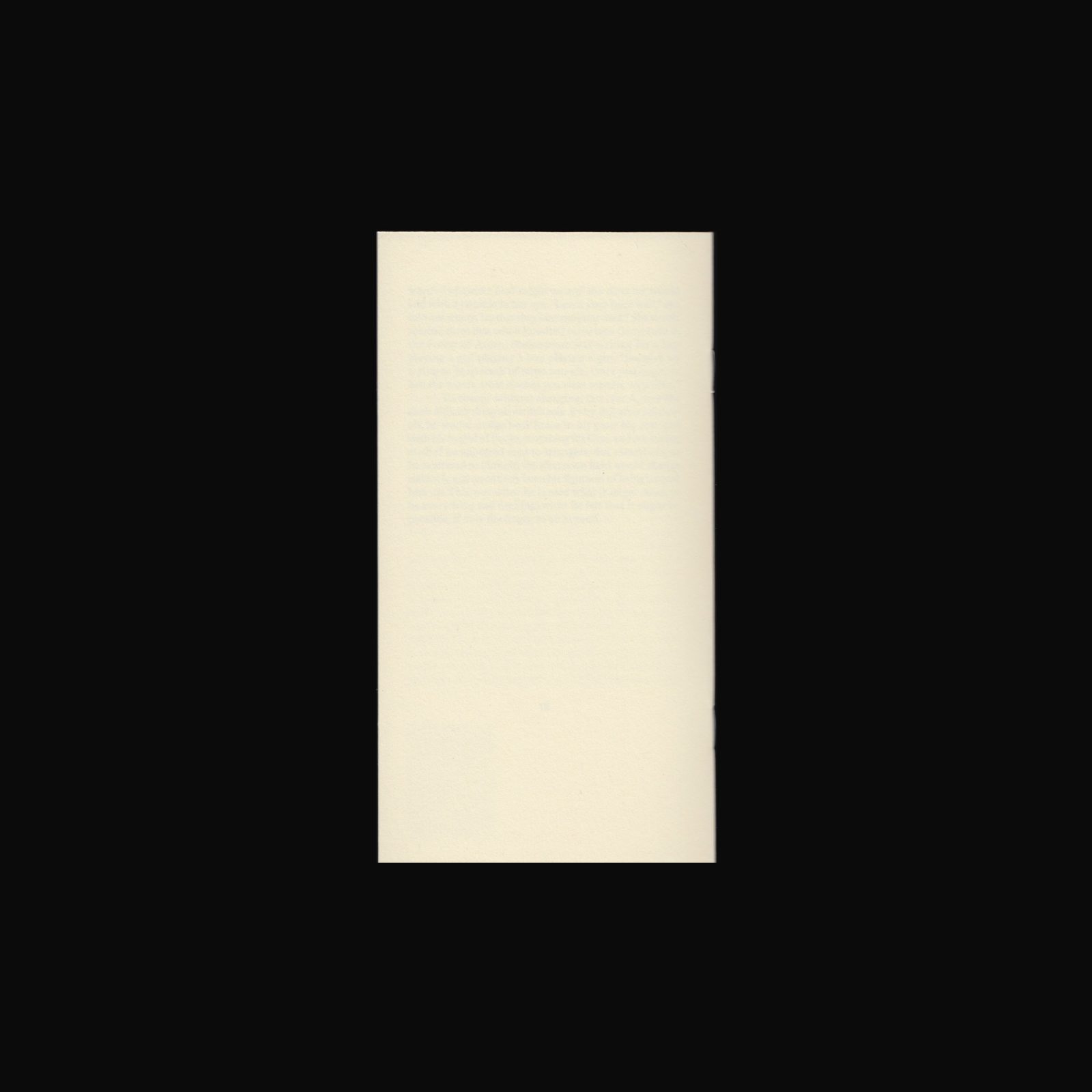
By the secret and the intimate, I am not trying to hint at seductive innerwear. I am trying, instead, to think about things as banal as, say, the linings of pockets, collars, jackets and bags. This is where skin meets stuff in order to create for us the experience, rather than the appearance, of what we choose to wear. And this is not, or not just, about comfort and convenience, but about a quality that has nothing to do with how we want to be looked at by others. It is what makes us who we are, purely to ourselves, when we put something on, be it a shirt, a shawl or a perfume. For those who wear clothes as well as for those who make them, the invisible is what lies closest to the person, and hence to personhood.
Edited by Tom Melick. Photocopies by Simryn Gill. Typography by Ruud Ruttens.
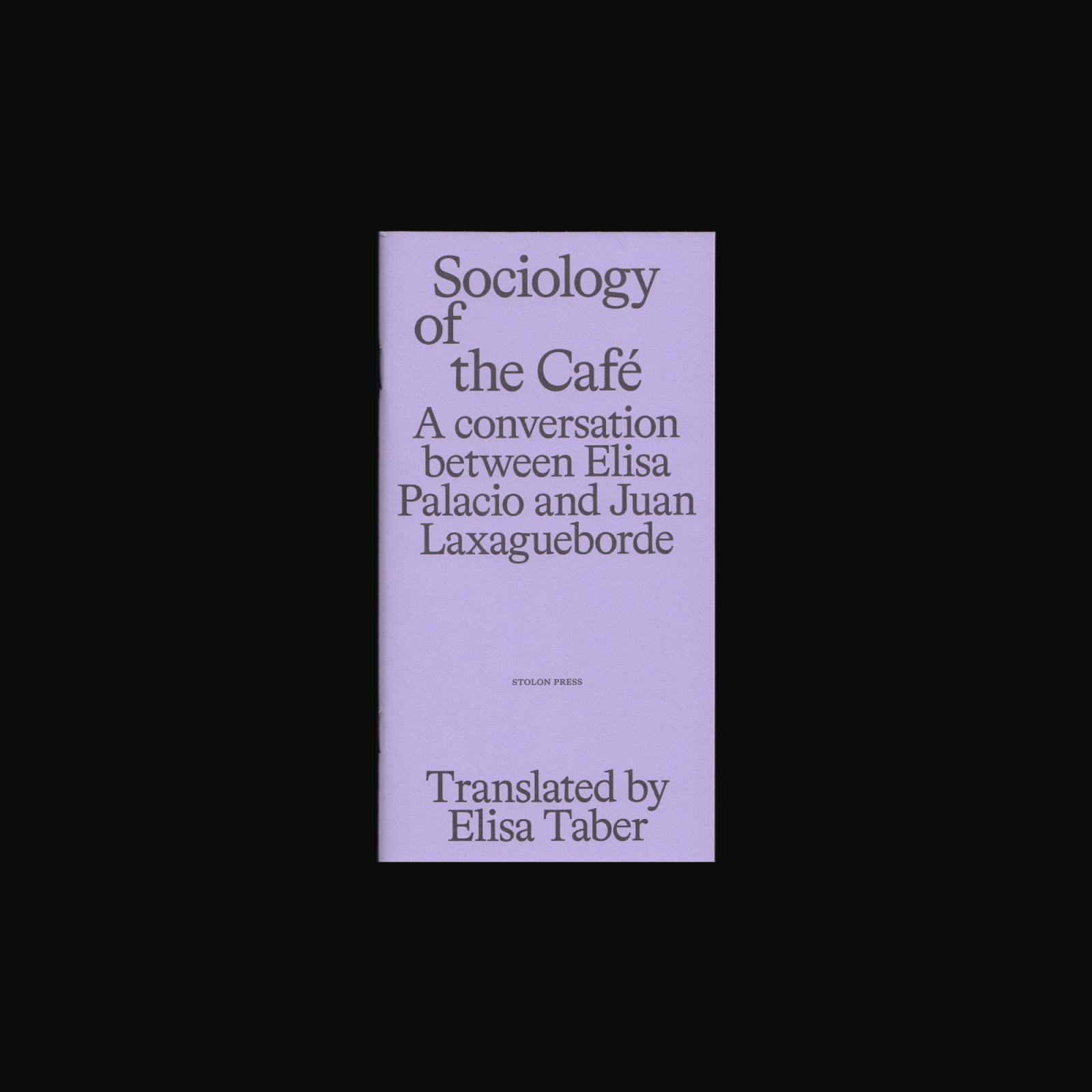
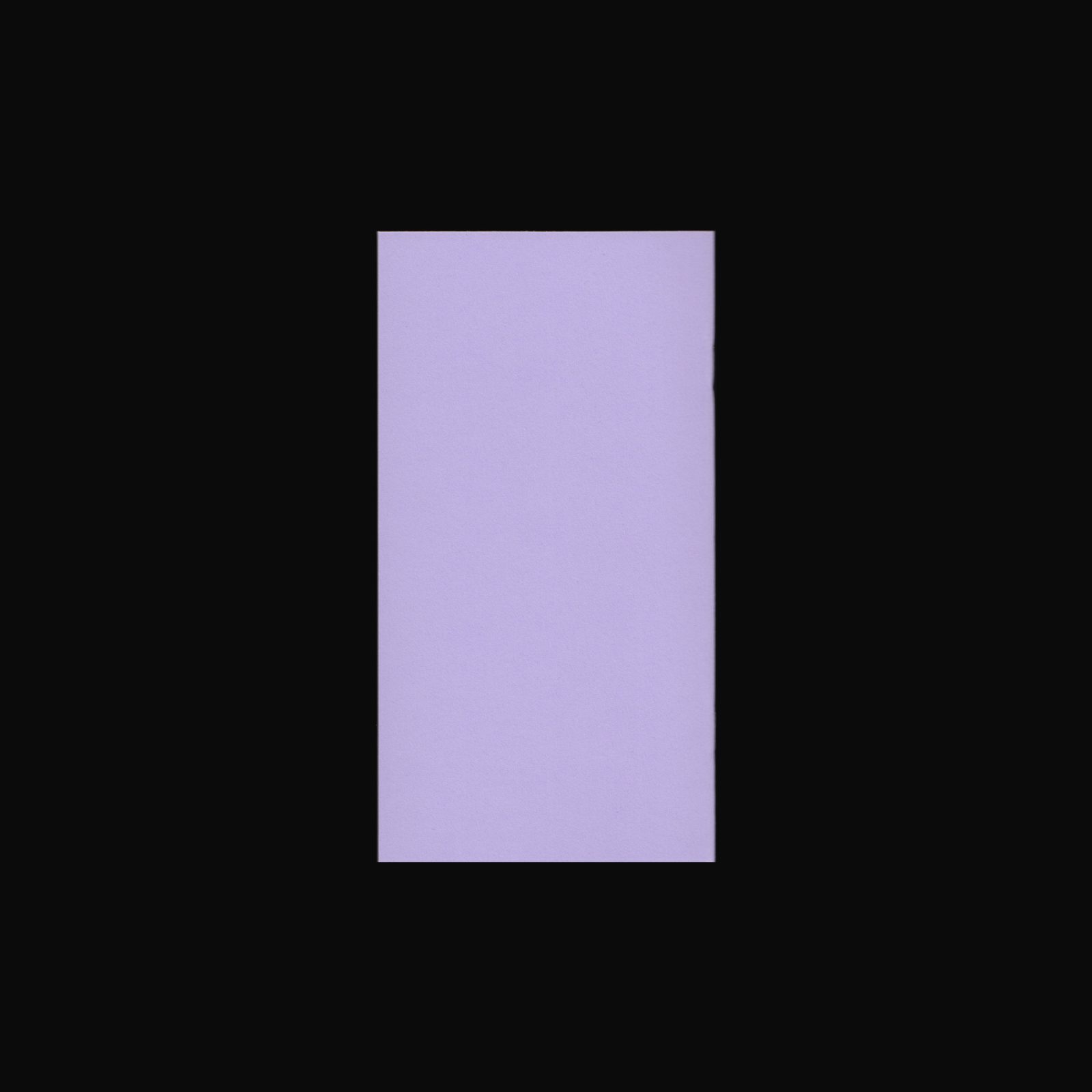
Elisa Palacio and Juan Laxagueborde choose to discuss cafés in the present, the pandemic. I briefly introduce you to their past and, secretly, mine. The translator is the shadow of the text. I find myself thinking about the Dirty War since returning to Buenos Aires, perhaps due to the social unrest in the United States. Some things are best said and lost in the murmur of a crowd in a café, voices merge and become unintelligible, except to the intended listener. A man and a woman sit at the bar. He says, “Feel my hand”—this is not a joke. It is outstretched and trembling. Upon her touch it grows still. Some things are simple and beautiful. I realise now that I am introducing a conversation by speaking to myself, but we always have someone in mind. A figure on a balcony, face illuminated by the light of a cellphone, with nowhere to go but back in, home.
Translated by Elisa Taber. Typography by Ruud Ruttens.
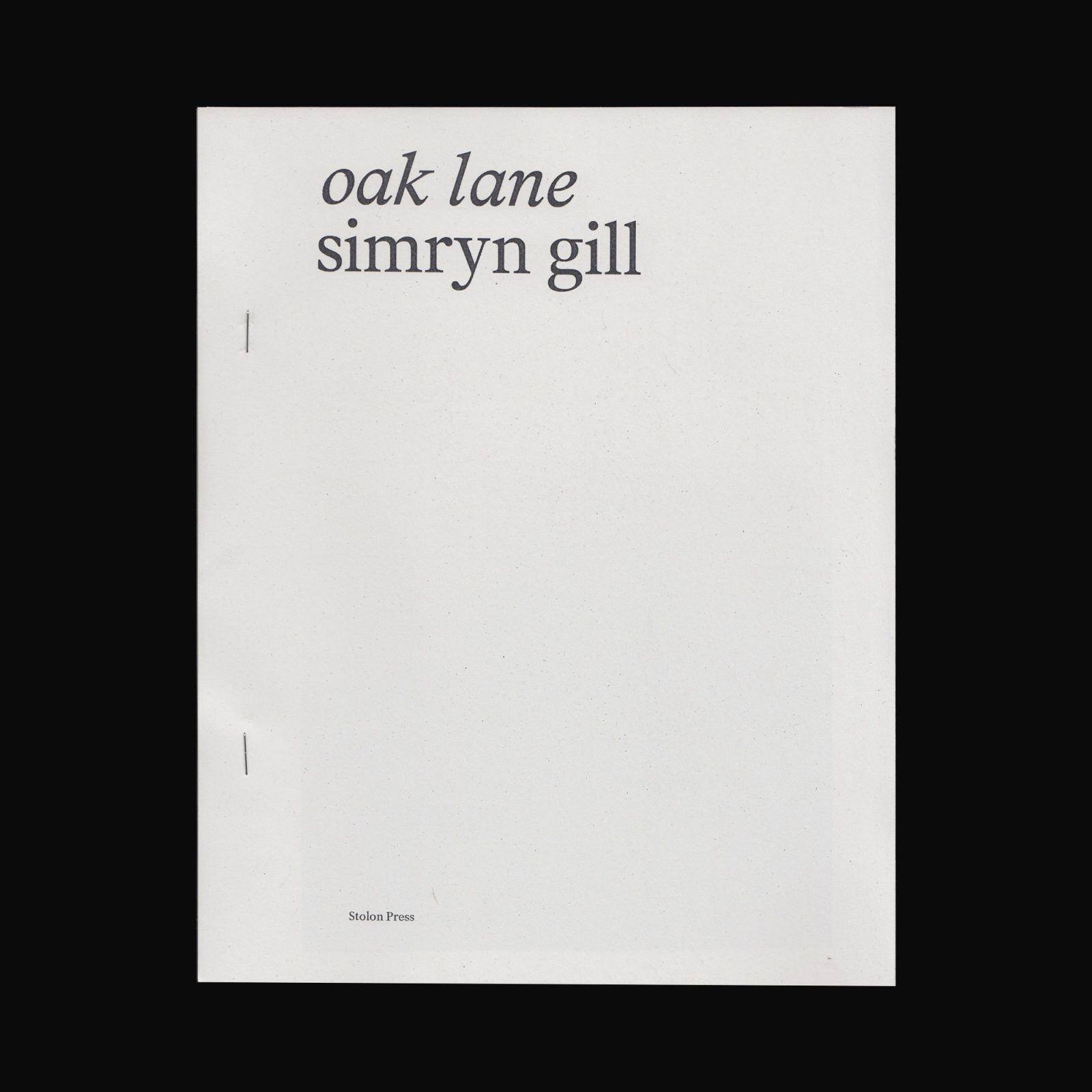
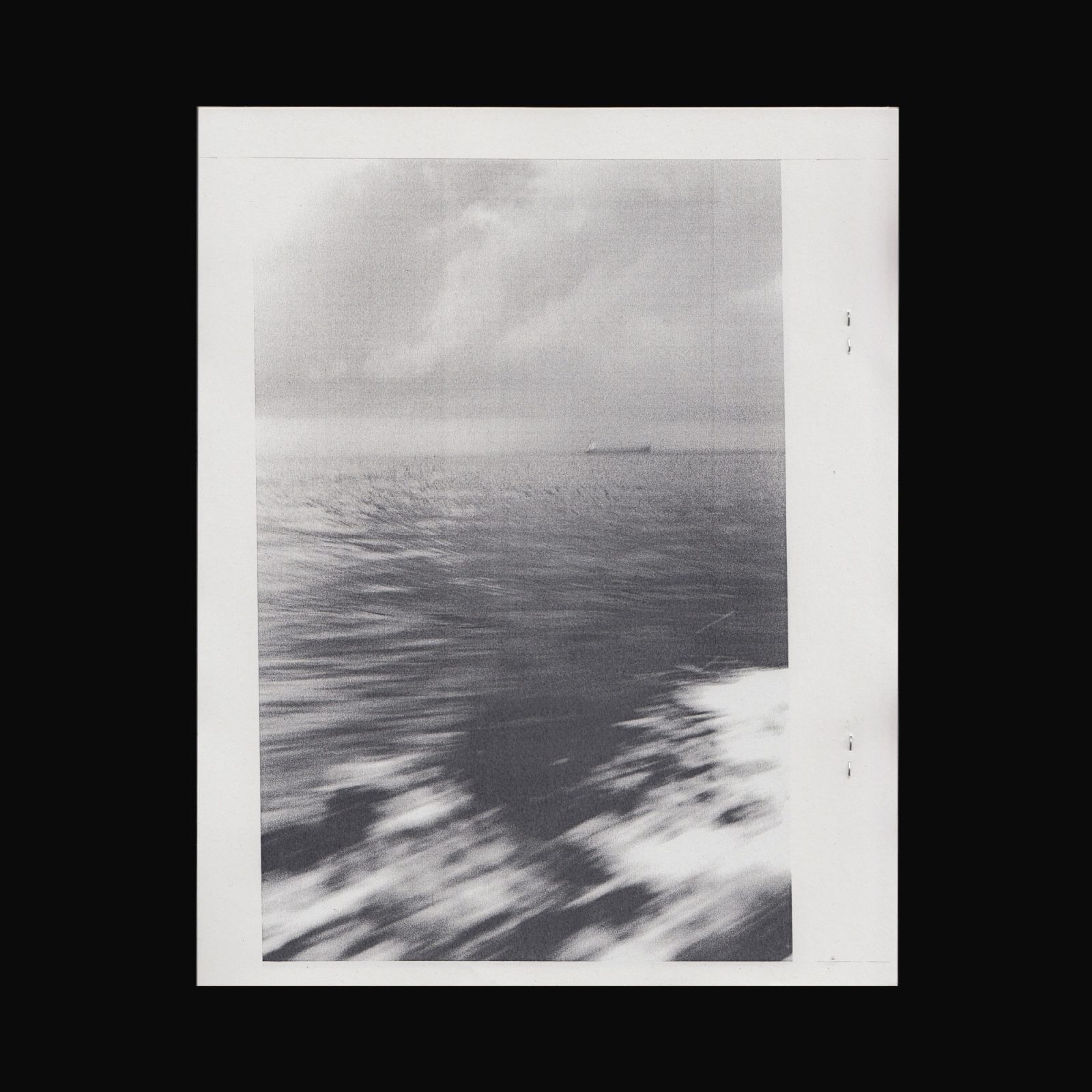
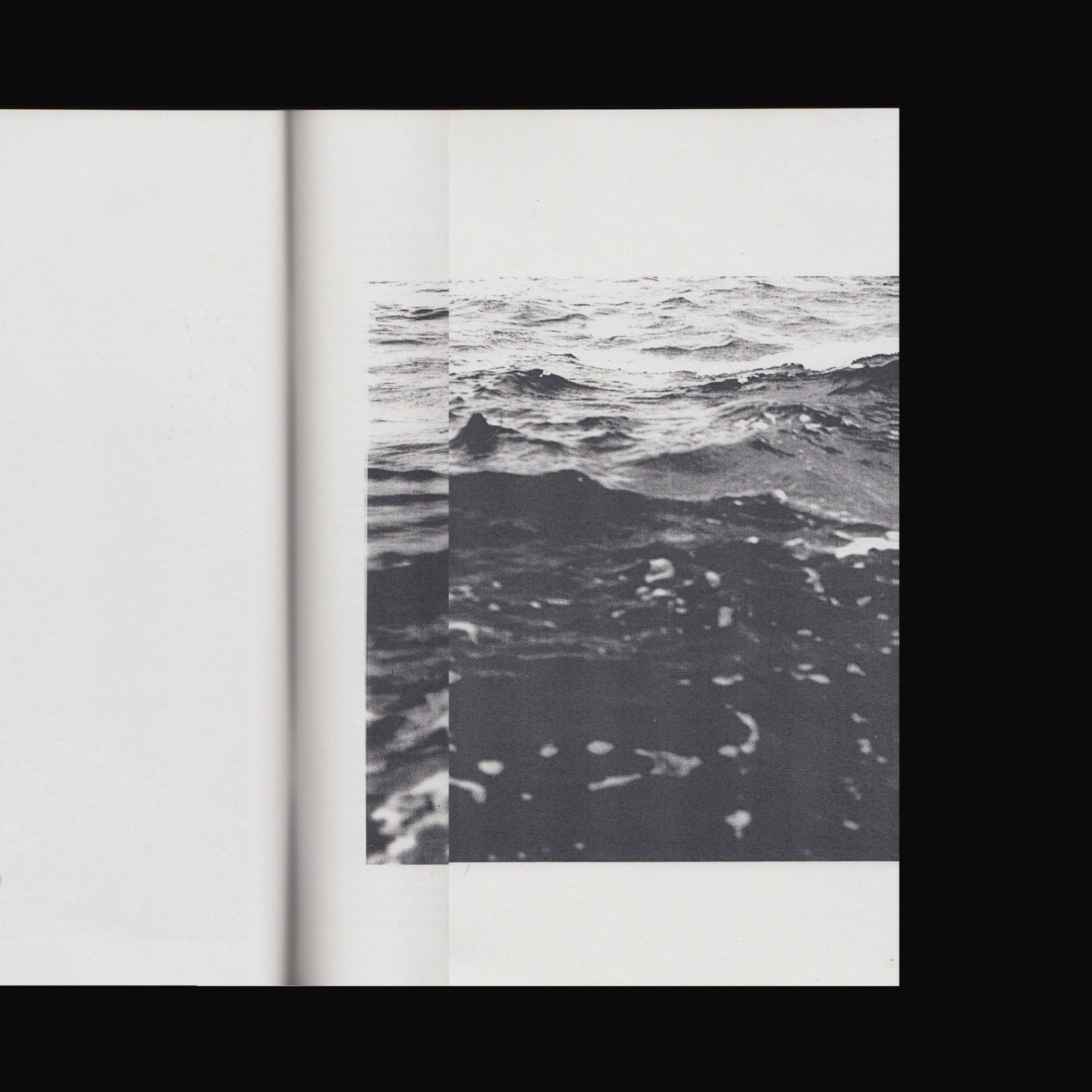
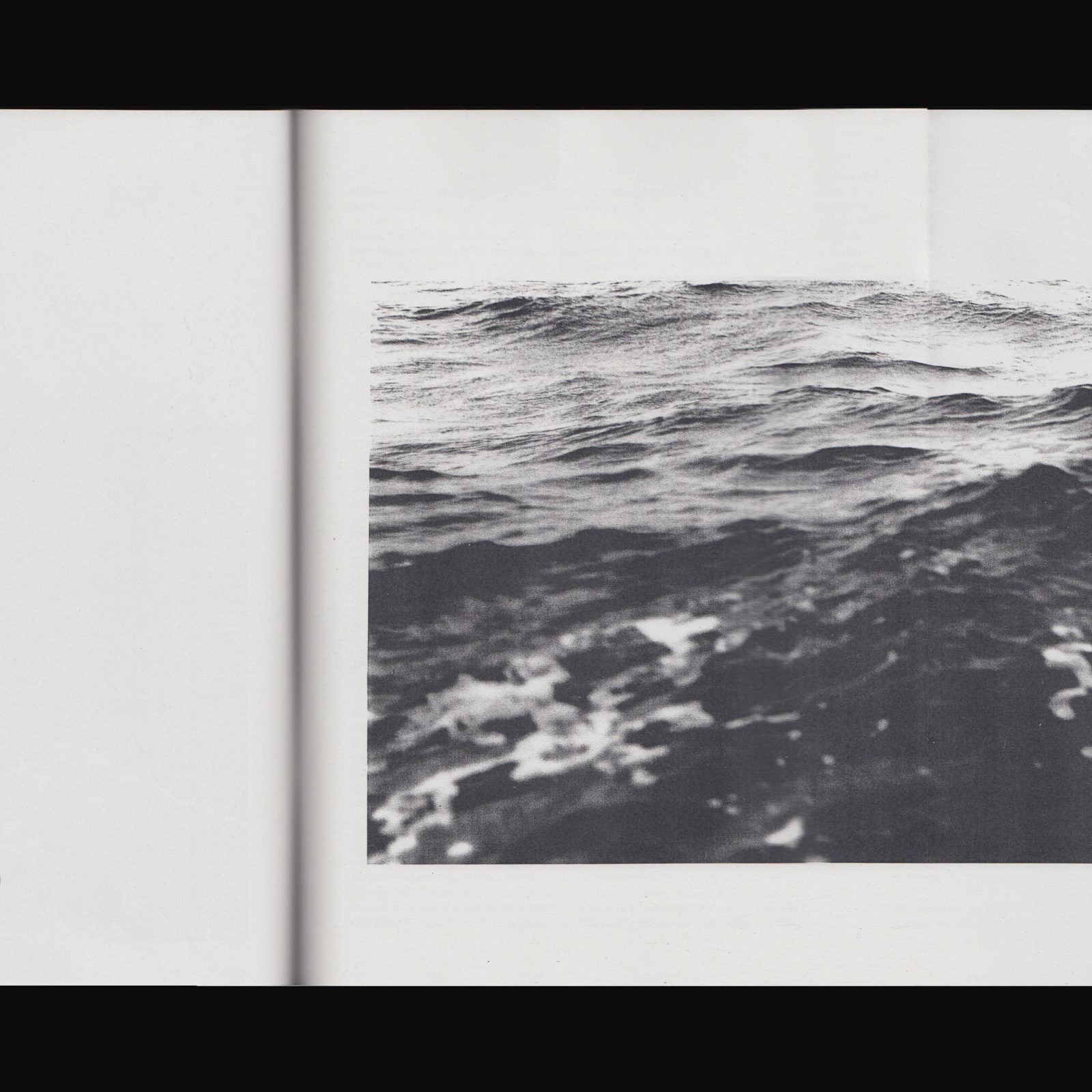
The sea-hibiscus flowers start off pale yellow with deep red centres, and mature into rich striated sepia, at which point they fall, still beautiful. A few weeks before, a photo of fallen blooms had appeared on my phone, sent by a friend who lives around there. I recognised them at once. What are these flowers doing on your side of town? I wanted to know. They belong over here, near the champak trees. And there are others, too: I think of the guava trees that unashamedly drop their steamy musky crop around them when in season; and someone has planted, with wavering success, a moringa (I know it as drumstick tree); and I have even seen a Java apple — Malacca jambu to some — attempting to fruit. I know these flowers, I tell my friend. They’re where I’m from.
Text and images by Simryn Gill. Typesetting by Ruud Ruttens. Edition of 50.